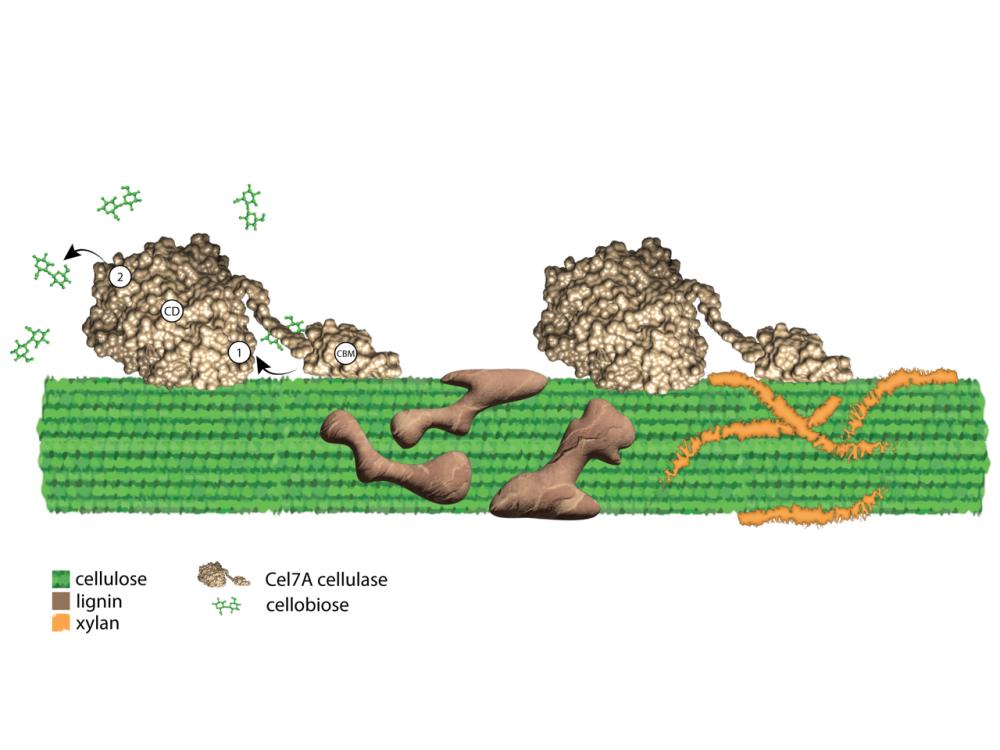2024-05-06 ラトガース大学
<関連情報>
- https://www.rutgers.edu/news/using-advanced-genetic-techniques-scientists-create-mice-traits-tourette-disorder
- https://www.pnas.org/doi/10.1073/pnas.2307156121
トゥレット障害遺伝子のヒト変異がマウスの感覚運動行動、報酬学習、線条体ドーパミンに影響を及ぼす Human mutations in high-confidence Tourette disorder genes affect sensorimotor behavior, reward learning, and striatal dopamine in mice
Cara Nasello, Lauren A. Poppi https://orcid.org/0000-0002-2962-2730, Junbing Wu, +13, and Max A. Tischfield
Proceedings of the National Academy of Sciences Published:April 29, 2024
DOI:https://doi.org/10.1073/pnas.2307156121
Significance
We generated mouse models that express mutations in high-confidence genes linked to Tourette disorder (TD). Traditional measures of behavior plus machine learning approaches reveal sensorimotor and cognitive-behavioral phenotypes. Sensorimotor gating deficits and repetitive motor behaviors are attenuated by drugs that act on dopamine. Reward learning and striatal dopamine are enhanced. Brain development, including cortical layering and patterning of major axon tracts, is grossly normal. No signs of striatal interneuron loss are detected. Interestingly, behavioral phenotypes in affected females can be more pronounced than in males, despite male sex bias in the diagnosis of TD. These unique mouse models with true construct validity provide a new resource to study neural substrates that cause tics and related behavioral phenotypes in TD.
Abstract
Tourette disorder (TD) is poorly understood, despite affecting 1/160 children. A lack of animal models possessing construct, face, and predictive validity hinders progress in the field. We used CRISPR/Cas9 genome editing to generate mice with mutations orthologous to human de novo variants in two high-confidence Tourette genes, CELSR3 and WWC1. Mice with human mutations in Celsr3 and Wwc1 exhibit cognitive and/or sensorimotor behavioral phenotypes consistent with TD. Sensorimotor gating deficits, as measured by acoustic prepulse inhibition, occur in both male and female Celsr3 TD models. Wwc1 mice show reduced prepulse inhibition only in females. Repetitive motor behaviors, common to Celsr3 mice and more pronounced in females, include vertical rearing and grooming. Sensorimotor gating deficits and rearing are attenuated by aripiprazole, a partial agonist at dopamine type II receptors. Unsupervised machine learning reveals numerous changes to spontaneous motor behavior and less predictable patterns of movement. Continuous fixed-ratio reinforcement shows that Celsr3 TD mice have enhanced motor responding and reward learning. Electrically evoked striatal dopamine release, tested in one model, is greater. Brain development is otherwise grossly normal without signs of striatal interneuron loss. Altogether, mice expressing human mutations in high-confidence TD genes exhibit face and predictive validity. Reduced prepulse inhibition and repetitive motor behaviors are core behavioral phenotypes and are responsive to aripiprazole. Enhanced reward learning and motor responding occur alongside greater evoked dopamine release. Phenotypes can also vary by sex and show stronger affection in females, an unexpected finding considering males are more frequently affected in TD.



